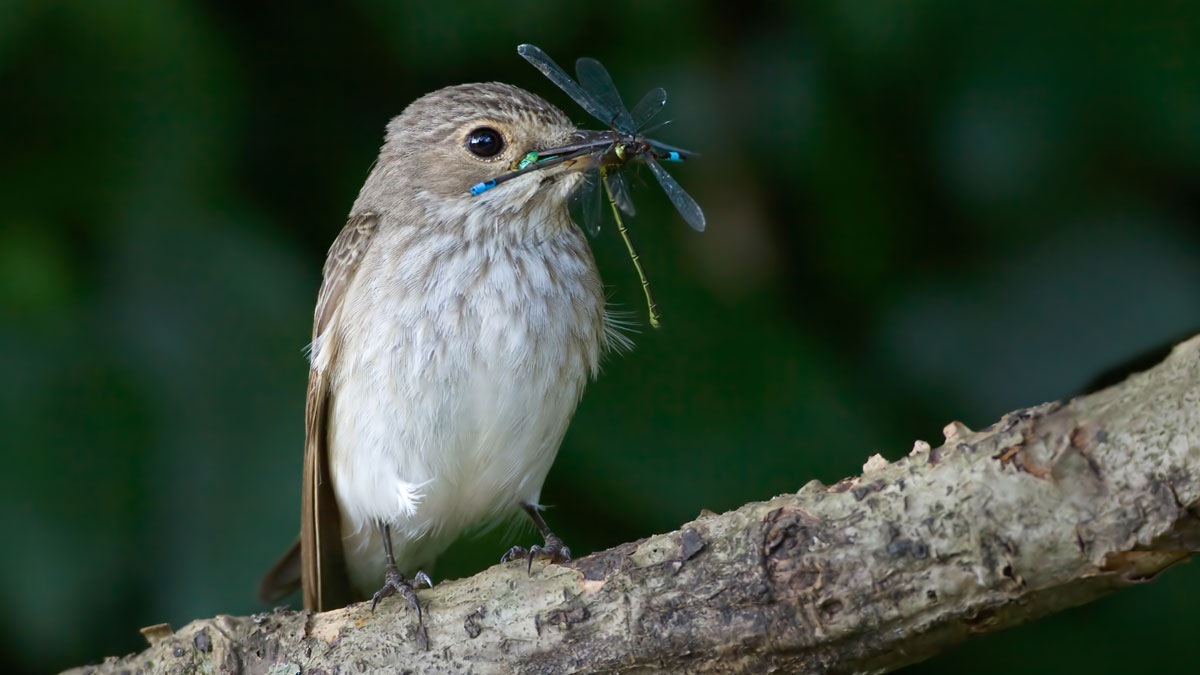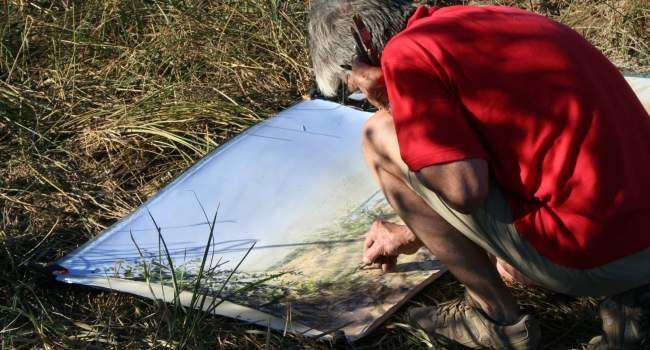
Migration blog (7th – 13th May)
Be the first to commentThe last week has seen the continuation of a cold northerly airflow which is still holding up migrants further south. Most long-distance species are now here but in much smaller numbers than we would expect for this time in the spring. However, the weather is set to change over the weekend with a long-overdue warm southerly airflow moving in, which should see the floodgates open — it could be a busy latter half of the weekend, particularly at migration watchpoints and Bird Observatories.
This time last year Swifts were here in force but right now they are very thin on the ground. Numbers should increase rapidly from Sunday onwards and they will almost certainly be joined by Swallows and House Martins that have been languishing in Spain and southern France.
Spotted Flycatcher is one of our later migrants, often arriving in late April, so spring for them is only running a few days late but for some of our summer migrants it could be running as much as three weeks late, which might mean they only have time for a single brood this year.

Early May is peak time for Hobbies to be on the move. This is a species that ought to be seen moving through in the next week and gathering at pre-breeding sites such as Lakenheath Fen in Suffolk.
Spring migration peaks between mid-April and mid-May, and whilst the peak migration times have passed for many of our long-distance migrants, it would seem that many of them are held up. We will probably see the 2021 spring run through to the end of May, with birds still on the move in numbers in June.
From Sunday onwards we should see those birds that generally move through in early May, waders such as Bar-tailed Godwit, Wood Sandpiper, Common Sandpiper, Dotterel and Greenshank and Common, Arctic and Black Terns, and when terns are on the move Arctic Skuas will be too.
Most long-distance species are now here but in much smaller numbers than we would expect for this time in the spring.
Species focus — Swift
Right now, any other species wouldn’t seem quite right. During the next week we should see the arrival of this master of the skies and with it the knowledge that summer is just around the corner. The main arrival period for Swifts is usually during the last week in April and the first week of May, so unlike some of our long-distance arrivals this year their arrival will be pretty much spot-on.
Having done some research into Swift migration we know that some of our Swifts spend the early part of the winter in the Congo basin before moving east to the Mozambique coast in mid-winter then back west to the Congo before heading to West Africa via a long sea crossing over the Gulf of Guinea. Their destination? Liberia in West Africa.

From here they launch their northbound desert crossing and the final leg of their journey back to the UK. Like all long-distance migrants, Swifts have specific stopover site that they use on migration to rest and fatten up in readiness for the next part of their journey.
During the last 23 years the UK breeding population has fallen by 58%. The cause of this decline is unclear but modern building design and the refurbishment of old properties is probably a contributor. The current UK population estimate is 59,000 pairs.
Swifts don’t normally breed until they are four years old and each summer during July there is a huge influx and movement of Swifts in the UK that are probably non-breeding birds .
Looking ahead
The southerly winds this weekend will be coming all the way from southern Spain, providing a long-overdue window for those birds that have been held up, however, they could also result in some overshooting migrants too – Little Bittern, Black Kite, Western Subalpine Warbler and Great Reed Warbler are all possible but a re-run of the two Slender-billed Gulls that graced North Norfolk this week in 1987 would definitely set pulses racing.







Share this page